The National Treasury has increased the budget for State House and the Executive Office of the President in its latest Supplementary Estimates Budget II for the 2024/25 financial year.
The report, tabled in the National Assembly on Tuesday, February 18, 2025, shows that the budget for State House has been raised by 88.4 percent, amounting to an additional Ksh381 billion.
Treasury justifies this sharp increase by claiming that the money will cover shortfalls in operations and maintenance expenses, including medical insurance.
At the same time, the budget for the Executive Office of the President has also been increased.
The office will receive an 18.18 percent rise, which translates to Ksh651.69 million.
Treasury attributes this increment to the need for personnel emoluments, operational costs, maintenance expenses, and donor-funded projects.
These allocations come at a time when the country is struggling with a high cost of living, rising public debt, and concerns about government spending priorities.
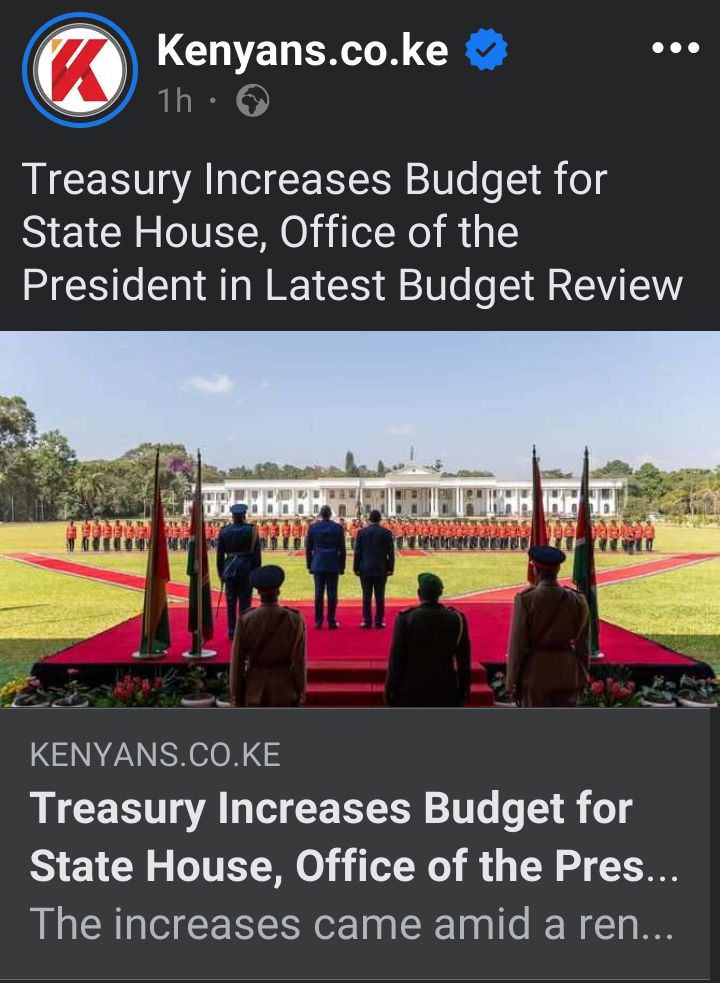
The government has made further budget revisions, increasing overall expenditure by Ksh86.18 billion across the three arms of government.
However, the Consolidated Fund Service, which is responsible for debt repayments and other statutory obligations, has been cut by Ksh23.61 billion.
This reduction raises questions about whether the government is prioritizing administrative costs over debt servicing, which could have long-term financial implications for the country.
These budget changes have sparked public concern, especially regarding the sharp rise in State House spending.
Critics argue that at a time when many Kenyans are struggling to afford basic necessities, such a massive increase in funds directed to State House is unjustifiable.
There are growing calls for transparency on how the additional Ksh381 billion will be spent, given past concerns about mismanagement and wasteful expenditures in government.
The increase in the Executive Office of the President’s budget is also attracting mixed reactions.
While the Treasury cites personnel salaries and maintenance costs as reasons for the increase, there is little clarity on how exactly the funds will be used.
Donor-funded projects, which are mentioned in the report, also remain vague, raising suspicions about whether the additional funds are being used appropriately or merely inflating the budget without clear accountability.
As the government increases spending on State House and the presidency, other sectors continue to suffer from budget cuts and funding shortages.
Education, healthcare, and infrastructure projects have been facing financial difficulties, yet they do not appear to be receiving the same level of budgetary attention.
This raises concerns about whether the government’s financial decisions are aligned with the needs of ordinary citizens.The timing of these budget increases is also significant. With the economy facing difficulties, many had expected the government to focus on reducing unnecessary expenditures rather than expanding its administrative budget.
The decision to increase spending at the highest levels of government while reducing allocations to debt servicing could lead to further economic strain, especially if it results in higher borrowing to cover financial gaps.
The National Assembly will now have to debate and approve these budget changes, but the sharp increase in allocations to the presidency is expected to be a major point of contention. Kenyans will be watching closely to see how their elected representatives handle this matter and whether they will demand greater accountability for the use of public funds.
The coming weeks will determine whether this budget increase is justified or if it is yet another example of government extravagance at the expense of struggling Kenyans.






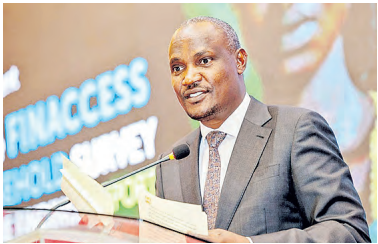

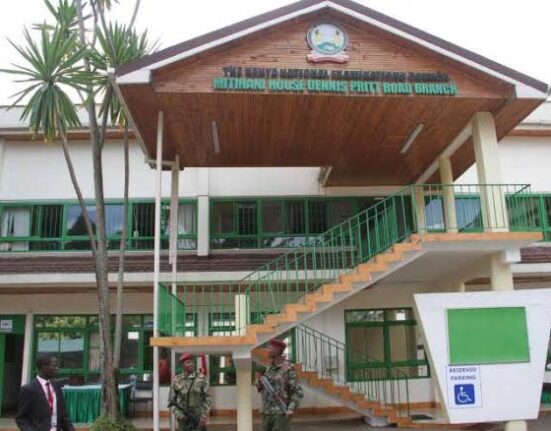
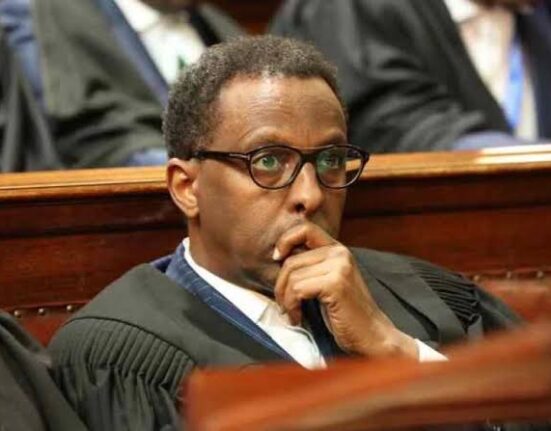
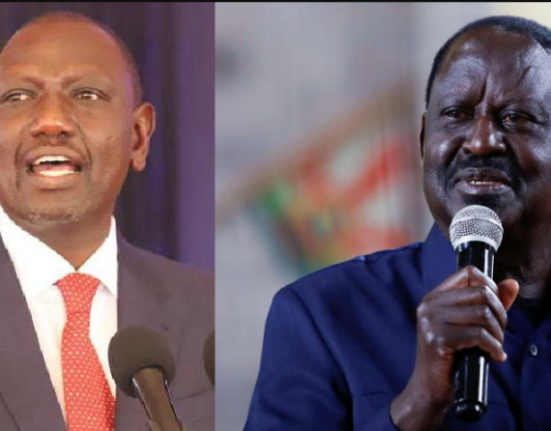
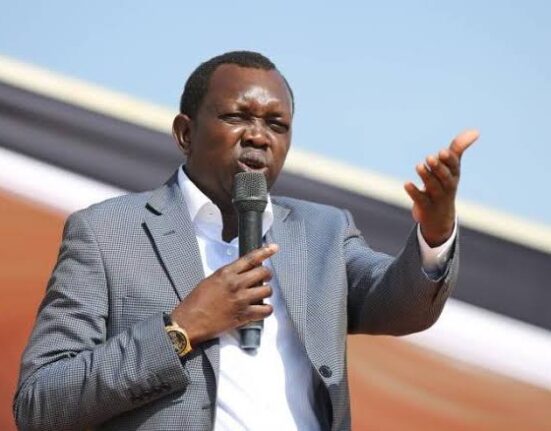

Leave feedback about this